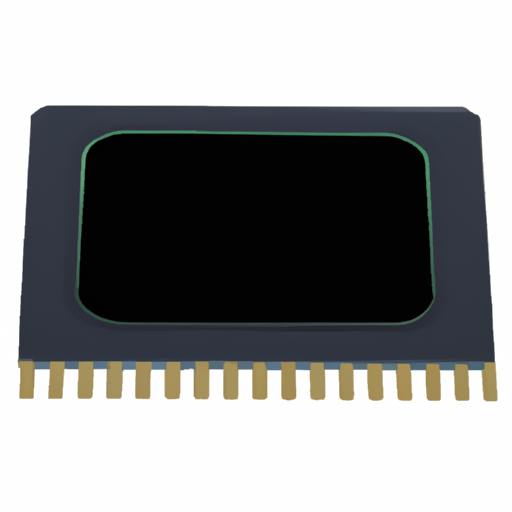Overview of Image Sensors and Camera Technologies
While the MM74HC175N is a quad D-type flip-flop and not directly related to image sensors or cameras, the world of imaging technology is rich with innovations and applications that leverage various core technologies. Below is a detailed overview of the core functional technologies, application development cases, and relevant articles in the field of image sensors and cameras.
Core Functional Technologies in Image Sensors and Cameras
| 1. Image Sensor Types | |
| 2. Pixel Technology | |
| 3. Image Processing | |
| 4. Optical Technologies | |
| 5. Connectivity | |
| 1. Smartphones | |
| 2. Automotive | |
| 3. Surveillance | |
| 4. Medical Imaging | |
| 5. Drones | |
| 1. "Understanding Image Sensors: CCD vs. CMOS" | A comprehensive comparison of CCD and CMOS technologies, discussing their respective advantages and applications. |
| 2. "The Future of Camera Technology: AI and Machine Learning" | An exploration of how AI is reshaping image processing and camera functionalities, enhancing user experience and image quality. |
Application Development Cases
Articles and Resources

3. "Advancements in Automotive Imaging: The Role of Cameras in ADAS" - A detailed examination of how image sensors are integrated into vehicles for enhanced safety and navigation.
4. "The Impact of Image Sensors on Medical Technology" - Discusses the critical role of image sensors in modern medical devices and their significance in improving patient outcomes.
5. "Trends in Drone Imaging: How Cameras are Changing Aerial Photography" - An overview of how advancements in camera technology are influencing the drone industry and its various applications.
Conclusion
The field of image sensors and camera technologies is rapidly evolving, driven by advancements in semiconductor technology, optics, and artificial intelligence. The applications span a wide range, from consumer electronics to critical safety systems in automotive and medical fields. Understanding these technologies and their applications provides valuable insights into future developments and innovations in imaging.
Overview of Image Sensors and Camera Technologies
While the MM74HC175N is a quad D-type flip-flop and not directly related to image sensors or cameras, the world of imaging technology is rich with innovations and applications that leverage various core technologies. Below is a detailed overview of the core functional technologies, application development cases, and relevant articles in the field of image sensors and cameras.
Core Functional Technologies in Image Sensors and Cameras
| 1. Image Sensor Types | |
| 2. Pixel Technology | |
| 3. Image Processing | |
| 4. Optical Technologies | |
| 5. Connectivity | |
| 1. Smartphones | |
| 2. Automotive | |
| 3. Surveillance | |
| 4. Medical Imaging | |
| 5. Drones | |
| 1. "Understanding Image Sensors: CCD vs. CMOS" | A comprehensive comparison of CCD and CMOS technologies, discussing their respective advantages and applications. |
| 2. "The Future of Camera Technology: AI and Machine Learning" | An exploration of how AI is reshaping image processing and camera functionalities, enhancing user experience and image quality. |
Application Development Cases
Articles and Resources

3. "Advancements in Automotive Imaging: The Role of Cameras in ADAS" - A detailed examination of how image sensors are integrated into vehicles for enhanced safety and navigation.
4. "The Impact of Image Sensors on Medical Technology" - Discusses the critical role of image sensors in modern medical devices and their significance in improving patient outcomes.
5. "Trends in Drone Imaging: How Cameras are Changing Aerial Photography" - An overview of how advancements in camera technology are influencing the drone industry and its various applications.
Conclusion
The field of image sensors and camera technologies is rapidly evolving, driven by advancements in semiconductor technology, optics, and artificial intelligence. The applications span a wide range, from consumer electronics to critical safety systems in automotive and medical fields. Understanding these technologies and their applications provides valuable insights into future developments and innovations in imaging.










